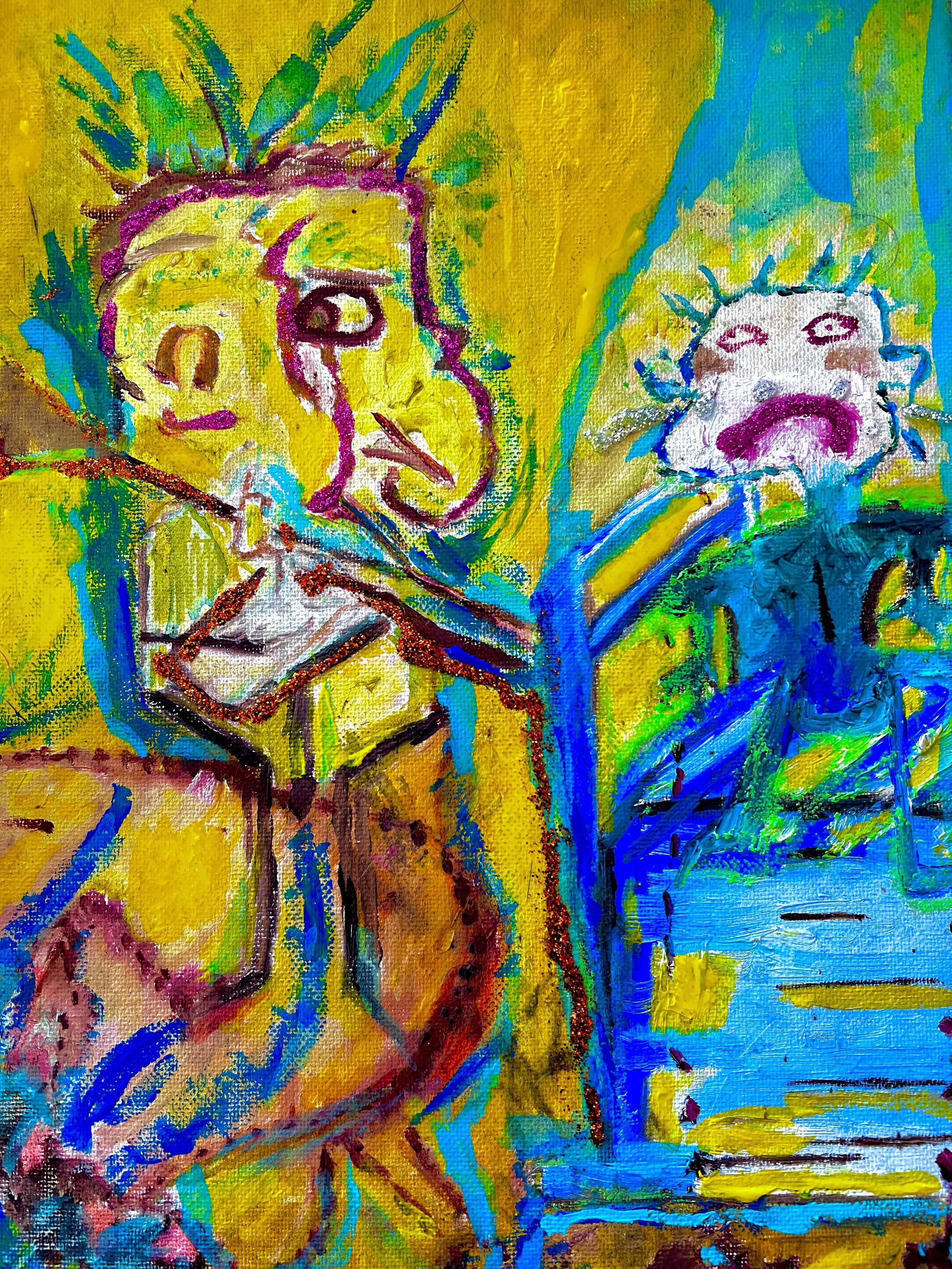Breaking the Chains of Homophobia—A New YouTube Series
Now that I am officially retiring from my 30 years teaching clinical psychology at Antioch University, so many of my creative energies have been released.
I also realize that so much of what we taught at the LGBT Specialization in Clinical Psychology that I founded in 2006 at Antioch University is not readily available to many people. So I have been making YouTube to experiment with different ways to eliminate the information. I have, for example, a lecture on Self Psychology that has gotten a lot of views. I also am dropping a Five-Part Series on what is Internalized Homophobia. Parts I and II are more for general audiences. For students who want to know a review of the literature, Part III. I just dropped it. I would love to see what you think about it. Is it too long? Is it just for a select audience?
I am working on making an e-book on Internalized Homophobia that should be ready in a few weeks and I will also be putting a class with reading assignments and prompts on Teachable.
To be honest, it was stories like the one below that led me to transform my vocation as a street activist and award-winning gay-beat journalist for the L.A. Weekly along with my colleague Robin Podolsky to the realm of the queer psyche. One must be an activist in both the outer and inner realms, or so it seems to me.
I was in session with a gay man who was in a very lonely place and who responded to my recommendations to try to get out and meet a person who could treat him like a lover instead of as a sex object. He protested by saying that he hated the way he looked, that gay men are shit, and that they are not worthy of him, but also he had nothing to offer. Some therapists may have said that he was being too hard on himself. But my theory of change was to invite a conversation about who in him was saying these things. I was trying to help lodge his EGO or empirical personality off of another agency or subpersonality in his mind which was the INNER ATTACKER, that FREUD so groundbreaking called the SUPEREGO. But because this SUPEREGO was taking a large self-punishing position on his life as a gay man, both in terms of how he felt about other gay men, but also about himself, I called it his “INTERNALIZED HOMOPHOBIA.”
Knowing that this man was also isolating and was also using drugs to soothe his isolation, I said, BRO, YOUR INTERNALIZED HOMOPHOBIA IS KILLING YOU.
That got his attention. No one had given him permission to see that an agency inside of him that was not his but was put inside of him by his homophobic family and culture, was living in him, and, like a CANCER, was killing him and his capacity for gay love and gay contribution, from the inside out.
NOW WE COULD DO SOMETHING ABOUT IT.
We could identify in his speech that Internalized Homophobia had taken over, each time he called someone “that bitch,” or when he said, “No one will ever love me.”
We could go back in time and discover when the experiences as a black gay man, both treated poorly by masculine culture and feeling neglected by white gay men, happened.
We could take a SELFIE of the time his father put him in a garbage can when he sang like MJ. Remember that seen in Empire when the father Luscious does that to Jamal in the show EMPIRE.
We could begin to care for that little gay kid inside and give him a better parent than his Internalized Attacker, who he started to give a name to, his father’s name.
And he could eventually write a memoir about what happened to him as a gay child and how he might reauthor that story.
He could also rediscover his gay ancestors, stretching back in time, to shamans, and also read James Baldwin, our black gay author, as a way to intervene in this crisis of conscience.
I became a therapist because I was a gay activist fighting for our lives and I noticed how vicious the AIDS activists were being to each other and realized that the problem wasn’t only external but internal. So as part of my activism, I wanted to fight back against the bullies in the inner world as well as the outer world.
I also saw that the problem of gay men getting closer to one another wasn’t just about attachment issues, but that internalized homophobia was making up horrible stories about the other person and even paranoid ones that they wanted more than the person could give.
Of course, internalized homophobia isn’t really a “thing.” It’s more of a concept to begin to have a conversation about how to assess the self-esteem and spiritual development of a queer person.
Below is an art piece that I created when I first started therapy 35 years ago. It depicts the war between my inner basher and my little gay kid. I think this is a pretty visceral expression of “internalized homophobia,” but one not so much concerned with social science, but more really about the soul.
Thank you for reading this. Please let me know your thoughts. And please check out the YouTube and I would so much appreciate it if you could support my getting this information out by smashing the like button and by subscribing.










